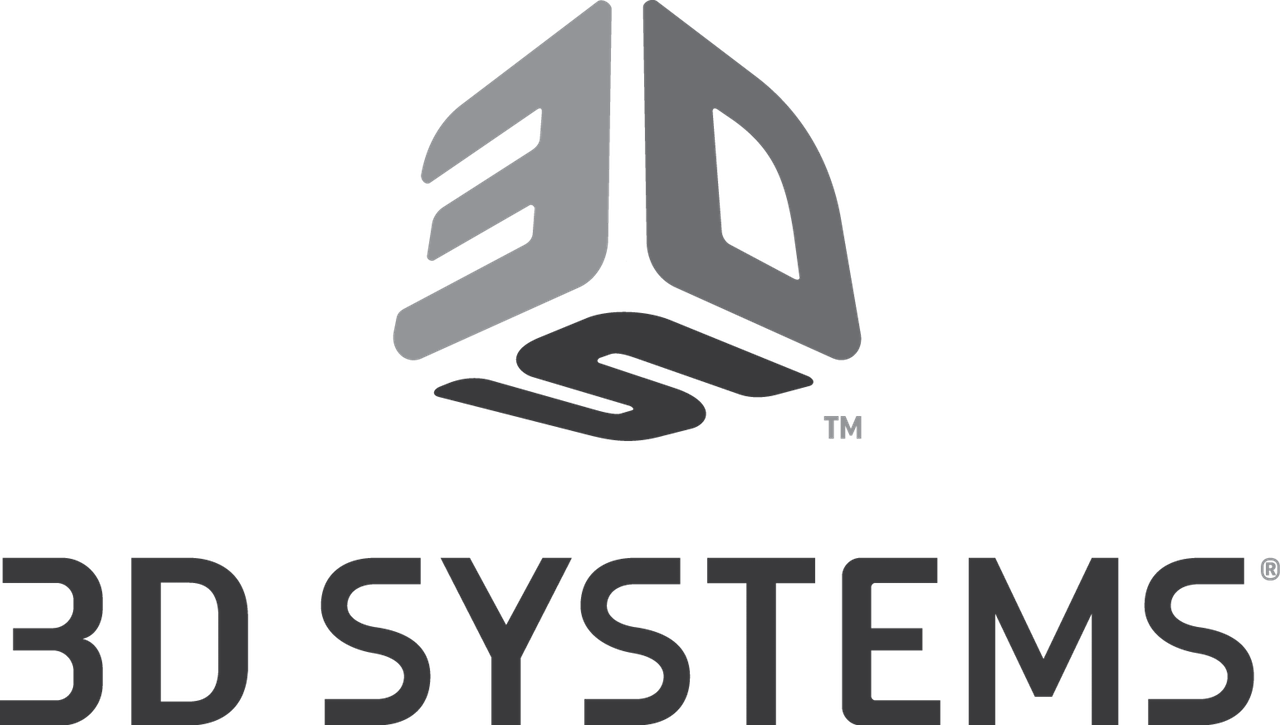
We had a sit-down with 3D Systems’ CEO Vyomesh Joshi and got a first-hand explanation of the companies moves.
Of the major 3D printer companies on this planet, 3D Systems has perhaps undergone the most change in recent years. Founded decades ago, based on the original SLA patent by inventor Chuck Hull, they’ve grown that original concept into a massive company with many ventures, processes, materials and machines.
But they’ve undergone changes. The regime prior to Joshi embarked on several unusual initiatives that changed the course of the company. An ill-fated venture into consumer 3D printing amounted to little, while the company acquired more than fifty related operations in this period.
Acquiring companies might sound like a straightforward task, but it is not. The company must deal with new employees, products, marketing strategies, financial and administrative processes and systems. Now imagine doing this with conflicts between environments and doing it dozens of times over. That would be an enormous burden on any organization, regardless of size.
And at the end of this period, the original patents for 3D printing have expired, opening up the company to new competition from all sides.
The addition of all those companies and products, along with switching out the CEO and most of the senior management might suggest they’re in for some interesting times. But it turns out that Joshi has a coherent strategy for the future.
He believes in a strong “triangle” of the three key elements to success for 3D printing: hardware, software and materials. All must be functional and work in concert, supporting each other, and that’s underlying all of their future actions.
While it may seem like a crowded market these days in 3D printing, Joshi believes otherwise. According to statistics from a recent E&Y report that classified knowledge of 3D printing by industry, only a scant 4% have sufficient knowledge to properly exploit the tech. The remaining 96% are in various stages of awareness and are potential future clients for 3D Systems.
This suggests that the market is actually not crowded at all, but in fact ripe for vast expansion, and 3D Systems wants a piece of that market.
This is where their triangular strategy comes in. The problem is how to “turn on” that 96% fully to 3D printing exploitation. It will require significant education, example and incentives to convert current industry thinking towards what Joshi calls “a complexity-based approach” when designing products.
Historically products have been designed as simple as possible to aid in manufacturing, but those constraints are removed when products are 3D printed. However, the mindset of many companies remains in what you might call a “simplicity-based approach”.
Joshi believes that by providing such industries with a coordinated product mix of hardware, software and materials they will be more likely to adopt 3D printing approaches, and I think he’s correct: remove the friction and make things happen.
The strategy is to “convert” companies application by application, company by company. It’s not going to be a big event; instead it will be a very gradual series of new product introductions. This can be aided by 3D Systems through direct intervention in particular industries.
One recent step they’ve taken is the deployment of their 3DXpert system, which provides a number of very complex 3D model and print manipulation capabilities that are easily engaged by the user. I’ve seen this system in action and it’s quite surprising how fast it can generate some very complex features. For example, the generation of a complex lattice feature is almost instant, something that could take considerable time in some other tools.
It’s this type of product that I believe fits into Joshi’s triangular strategy: make the complex simple, and ensure it works throughout the entire product suite.
3DXpert looks to me like a very formidable utility that would likely be highly useful for almost anyone 3D printing. Who wouldn’t want extreme control over complex support structures, or the ability to instantly generate complex lattices through any shape?
But can anyone use 3DXpert? Apparently yes. I asked Joshi how 3D Systems can make this product more “sticky” to 3D Systems, and he replied that it was simply the materials. In 3DXpert, they’ve provided printing profiles for all their own materials and equipment. This means to use other systems you’d require some work to tune the parameters properly. But for their customers, it’s very easy. This demonstrates how their strategy ties in materials and software, two points on the triangle.
Similarly, they’ve announced a partnership with Solidworks that pairs up 3DXpert with that CAD software, thus there is a direct link between CAD and 3D printing environments. It’s all about making things easier for industry by removing steps and decreasing friction.
My take on this strategy is that it seems sound, but as you might imagine, 3D Systems appears to be in for the long game – successful execution of this strategy will take years, and if they can pull it off, they will be in a very good position in the manufacturing world.

